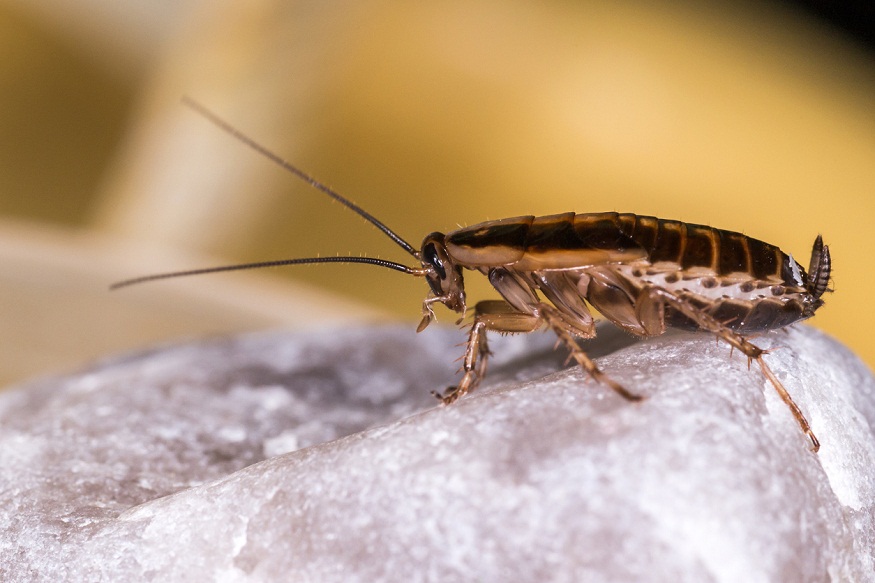Pests are reproducing, searching for food sources, and looking for new places to hide 24 hours a day. And you are none the wiser while you sleep, at work, or watching television!
The truth is, pests are most active when we are least active. Cockroaches come crawling out of their hiding spots at night, rodents chew their way through walls and wires, and ants form elaborate trail systems that transport food back to their nests. For many, this non-stop movement goes unnoticed until there is a visible sign of infestation causing harm to a property or posing a health risk.
Knowing the habits of pests during their peak seasons can help you recognize early signs and take preventative action. Pest control specialists can also offer perspective on how pests behave and best manage small problems before they turn into big problems. Details here within our blog post will also help you to combat any possible pest infestation.
Why It Is Important to Understand Pest Behavior
Understanding pest habits benefits homeowners greatly by helping them to prevent and control infestations. If you know how pests work, you will be able to figure out their favorite hangout spots and also where they are sneaking into your home from. With this wisdom, you can get rid of attractions and prevent pests from claiming your home.
Behavioral responses vary among pest species regarding their day-to-day functions. Some annoying pests, e.g., cockroaches and mice, venture out between sundown and sunup, while others, e.g,. ants, play the field around the clock. Knowing these patterns gives you insight into timing your inspections and treatments at their most effective.
What Do Pests Actually Do When You Are Not Looking?
Pests do a lot of things while they are “active,” most of them when people are not around or when humans are asleep. They are motivated by such basic aspects of survival as foraging for food, building shelter, and attempting to mate.
Foraging and Food Storage Activities
Most of the unwanted guests spend a significant amount of time foraging for food indoors. Cockroaches are scavengers that forage in kitchens, pantries, and dining areas for crumbs, spills, grease, and other food materials. They also, through feeding, soil food surfaces with bacteria and microorganisms. Rodents chew through packaging to reach stored food, usually making more than one opening, and deposit droppings in areas where they have eaten.
Nest Building and Territory Expansion
Pests are very determined in their work to create and extend their control of their space to yours. Soft objects such as fabric, paper, and insulation are gathered and carried to construct nests inside wall voids, attics, and storage rooms by mice and rats. Ants produce complex tunnels and satellite nests that can stretch across more than one room, if not even between buildings.
Reproduction and Colony Development
A lot of pests have reproduction at the top of their list of activities to carry out when they are not being disturbed. Female cockroaches lay their egg cases in shelters, and termites start new colonies by swarming.
Structural Damage Activities
Pests are known to have inflicted property damage in quenching their basic needs. They gnaw through electrical wiring, wood , and plastic piping. As termites eat wood construction materials, they can weaken structures from the inside out.
Taking Action Against Hidden Pest Activities
Through inspections and regular monitoring, we can discover pest activity before it is noticed by the untrained eyes of a home or business owner. Pest Control Experts are trained to recognize the subtle signs of an infestation, know each species’ behavior,r and treat infestations with a targeted approach.
Consider pest control before pest problems become evident from visible damage or large numbers of sightings. The secret goings-on mentioned above may be taking place for weeks or months before you stumbled upon evidence of infestation. When it comes to professionals offering pest control, they can evaluate your property, point out potential risk factors, and then create a customized plan for prevention based on your situation and local pest pressures.




